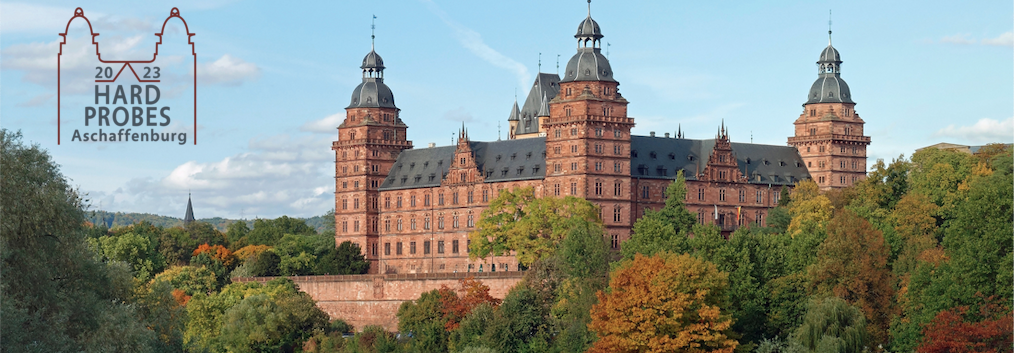Sprecher
Beschreibung
Suppression of open heavy flavors and quarkonia in heavy-ion collisions is among the most informative probes of the quark-gluon plasma. Interpreting the full wealth of data obtained from the collision events requires a precise understanding of the evolution of heavy quarks and quarkonia as they propagate through the nearly thermal and strongly coupled plasma. Only in the past few years, systematic theoretical studies of quarkonium time evolution in the QGP have been carried out in the regime where the temperature of the QGP is much smaller than the inverse of quarkonium size.
Such calculations require the evaluation of a gauge-invariant correlator of chromoelectric fields dressed with Wilson lines, which is similar to, but different from, the correlation used to define the well-known [1] heavy quark diffusion coefficient. The origin of this difference has been explained in [2-4]. In this talk, we will show a calculation of the analogous correlator in strongly coupled
[1] Phys. Rev. D 74 (2006) 085012; [2] JHEP 01 (2022) 137; [3] arXiv:2205.04477; [4-5] in preparation
Affiliation
Massachusetts Institute of Technology, University of Washington
| Experiment/Theory | Theory/Phenomenology |
|---|
